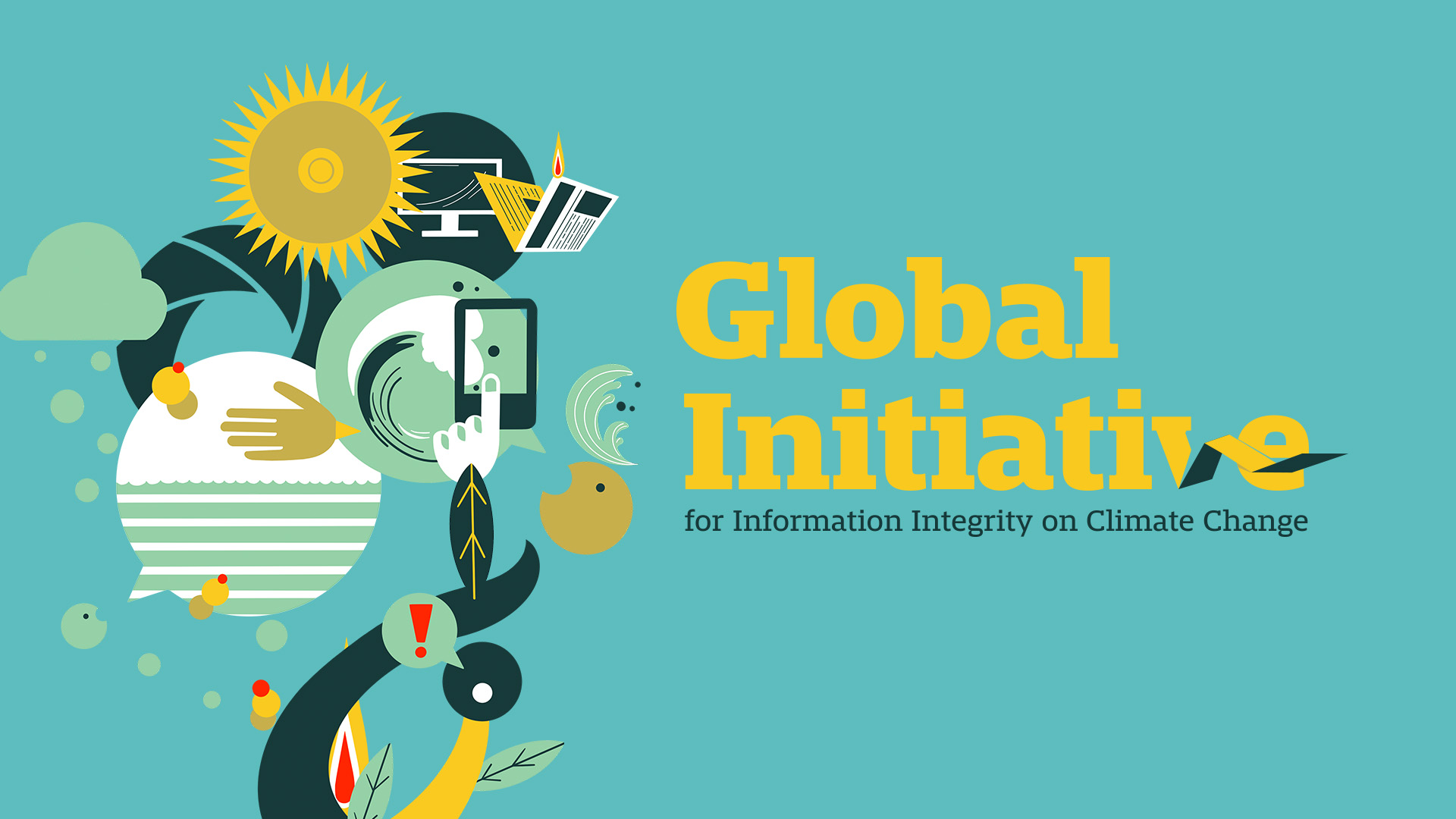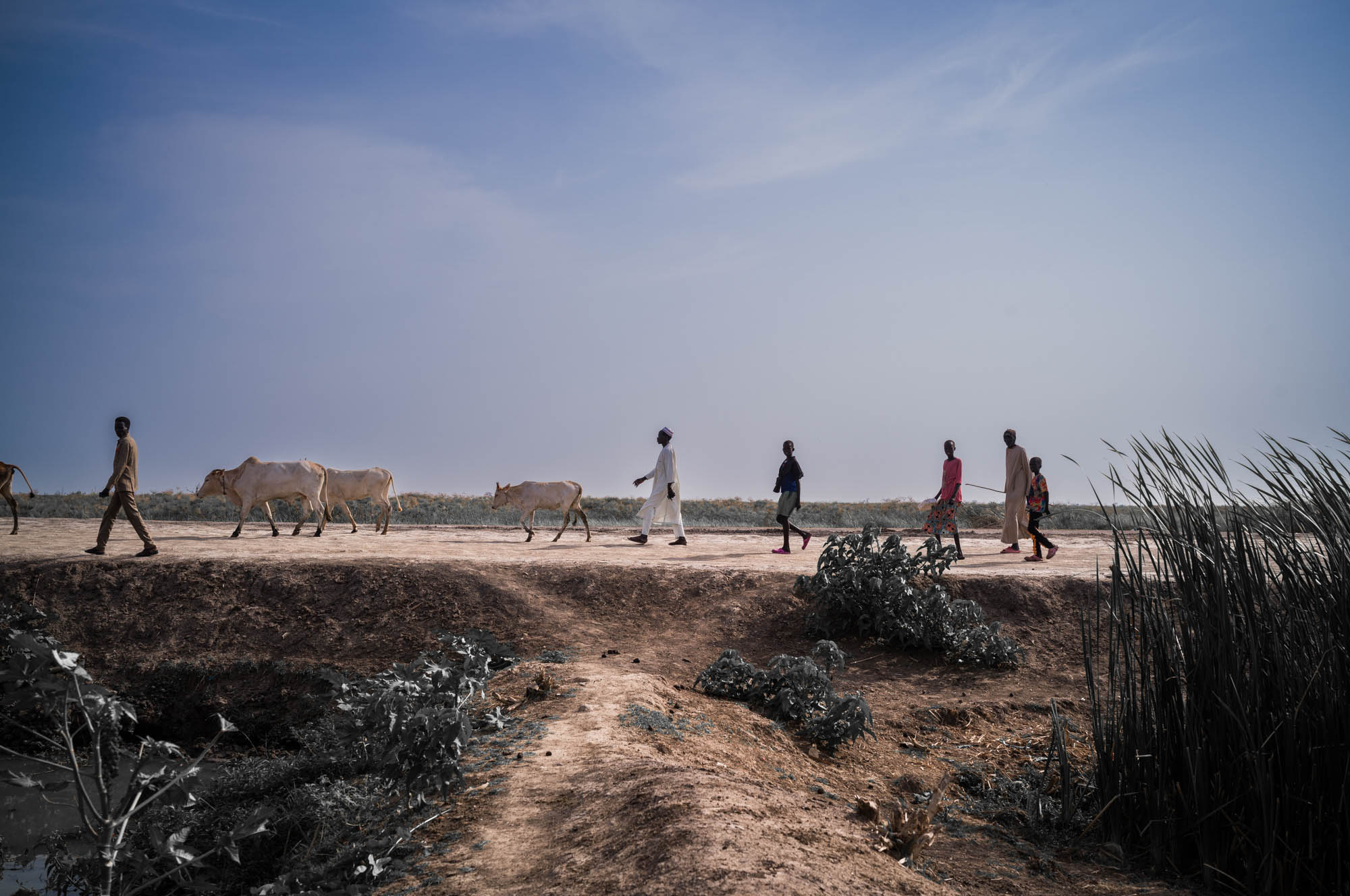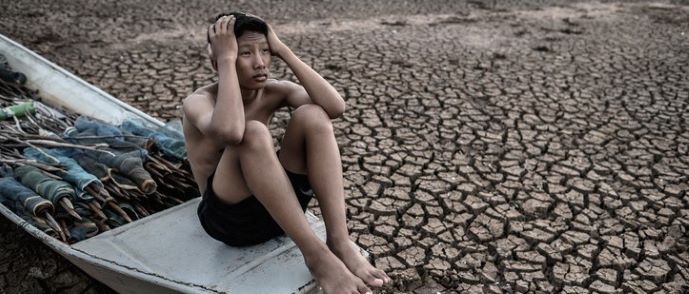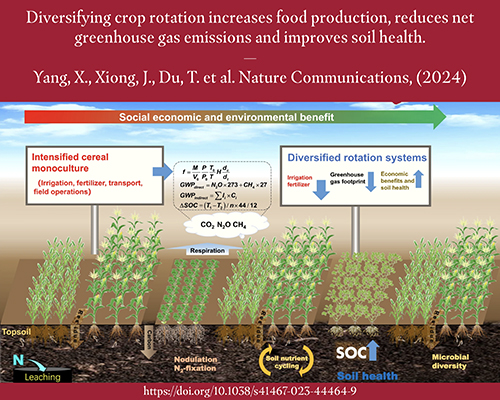Report on China’s Commitment to the Tropical Forests Forever Facility and its Implications for Sustainable Development Goals
Executive Summary
A recent commitment from China to invest in the Brazil-led Tropical Forests Forever Facility (TFFF) marks a significant development in global climate finance. This move signals a potential realignment of financial responsibilities in combating climate change, directly impacting the advancement of several key Sustainable Development Goals (SDGs), notably SDG 13 (Climate Action), SDG 15 (Life on Land), and SDG 17 (Partnerships for the Goals). The investment, expected to be formalized around the COP30 summit in Belém, Brazil, underscores a new era of South-South cooperation in achieving global sustainability targets.
Advancing SDG 15: Life on Land through Innovative Finance
The Tropical Forests Forever Facility (TFFF)
The TFFF, proposed by Brazil in 2023, is a multilateral fund designed to provide long-term, results-based financing for the preservation of tropical forests. Its structure is intrinsically linked to the objectives of SDG 15, which aims to protect, restore, and promote the sustainable use of terrestrial ecosystems and halt biodiversity loss.
- Mechanism: The fund utilizes blended finance to reward nations for maintaining standing forests and penalizing deforestation.
- Goal Alignment: By creating direct financial incentives for conservation, the TFFF provides a scalable model to achieve SDG 15’s targets on forest management and ecosystem protection.
- COP30 Deliverable: The TFFF is positioned as Brazil’s flagship initiative for COP30, demonstrating a proactive approach from an emerging economy to lead on environmental stewardship.
A Paradigm Shift for SDG 13 (Climate Action) and SDG 17 (Partnerships for the Goals)
Rebalancing Global Climate Finance
China’s intended contribution represents a critical shift in the dynamics of global climate finance. Historically, climate funds have been financed by developed nations, with developing countries positioned as recipients. This move challenges that paradigm and strengthens the framework for global climate action.
Implications for Global Partnerships
This development is a powerful illustration of SDG 17 in action, fostering a new model of global partnership for sustainable development.
- South-South Cooperation: The collaboration between China and Brazil, within the BRICS framework, exemplifies a strengthening of partnerships among emerging economies.
- Catalyzing Further Investment: China’s participation is expected to encourage other emerging economies in the Middle East and Southeast Asia to contribute, broadening the coalition of climate financiers.
- Redefining Responsibilities: By stepping up as a contributor, China is helping to redefine the principle of common but differentiated responsibilities, crucial for equitable progress under SDG 13. This comes at a time when contributions from traditional donor nations are falling short of global needs.
Future Outlook: COP30 and Long-Term Sustainability
Institutional and Economic Impact
The TFFF’s structure supports not only environmental goals but also institutional and economic sustainability, aligning with SDG 16 (Peace, Justice and Strong Institutions) and SDG 8 (Decent Work and Economic Growth). The fund establishes an innovative institutional mechanism to channel private and sovereign capital towards conservation, creating sustainable revenue streams for forest nations that value natural capital.
Expectations for COP30
The upcoming COP30 summit in Belém is a critical juncture. The international community will be observing whether this emerging coalition can be solidified. Key developments to watch for include:
- The official announcement and scale of China’s investment in the TFFF.
- Commitments from other emerging economies, solidifying a new pillar of climate finance.
- The formal launch of the TFFF as a major multilateral innovation, setting a new precedent for achieving the Sustainable Development Goals through collaborative, results-based financing.
1. Which SDGs are addressed or connected to the issues highlighted in the article?
SDG 13: Climate Action
- The article directly addresses climate change by focusing on “global climate finance” and the “global effort to combat climate change.” The establishment of the Tropical Forests Forever Facility (TFFF) and the discussions surrounding COP30 are central themes, both of which are key components of international climate action.
SDG 15: Life on Land
- The core subject of the article is the protection of terrestrial ecosystems. The TFFF is a fund specifically “aimed at protecting the world’s most endangered forests.” Its mechanism is designed to “reward tropical countries for maintaining standing forests” and “penalize deforestation,” directly contributing to the conservation and sustainable management of forests.
SDG 17: Partnerships for the Goals
- The article highlights international cooperation and financial mobilization. It details a bilateral partnership between China and Brazil, framed within the broader BRICS group, to create a “multilateral fund.” This represents a shift in global finance dynamics, emphasizing “South-South” cooperation and the role of “multi-stakeholder partnerships” in achieving sustainability goals.
2. What specific targets under those SDGs can be identified based on the article’s content?
SDG 13: Climate Action
-
Target 13.a: Implement the commitment undertaken by developed-country parties to the United Nations Framework Convention on Climate Change to a goal of mobilizing jointly $100 billion annually by 2020 from all sources to address the needs of developing countries.
- The article explicitly discusses this target by noting that “wealthy nations are pulling back from ambitious climate finance pledges” and that their contributions have “fallen short.” The TFFF, supported by an emerging economy like China, is presented as a new model to help fill this financial gap.
SDG 15: Life on Land
-
Target 15.2: By 2020, promote the implementation of sustainable management of all types of forests, halt deforestation, restore degraded forests and substantially increase afforestation and reforestation globally.
- The article states that the TFFF’s goal is to “reward tropical countries for maintaining standing forests” and “penalize deforestation.” This directly aligns with the target of halting deforestation and promoting sustainable forest management through financial incentives.
-
Target 15.b: Mobilize significant resources from all sources and at all levels to finance sustainable forest management and provide adequate incentives to developing countries to advance such management, including for conservation and reforestation.
- The TFFF is a financial instrument created precisely for this purpose. The article describes it as a way to “channel long-term financing into forest preservation efforts” and “attract private capital through sovereign investment platforms,” thus mobilizing resources for sustainable forest management.
SDG 17: Partnerships for the Goals
-
Target 17.3: Mobilize additional financial resources for developing countries from multiple sources.
- The article focuses on China’s potential investment in the TFFF, which represents a new source of climate finance from an emerging economy. The fund itself is designed to leverage “blended finance mechanisms” and attract “private capital,” diversifying the sources of funding for forest conservation in developing countries.
-
Target 17.6: Enhance North-South, South-South and triangular regional and international cooperation on and access to science, technology and innovation.
- The partnership between China and Brazil, two major emerging economies, to establish a climate fund is a clear example of South-South cooperation. The article notes this “rebalancing of responsibility” blurs the “lines of traditional climate finance roles” which were historically dominated by North-South dynamics.
-
Target 17.16: Enhance the global partnership for sustainable development, complemented by multi-stakeholder partnerships that mobilize and share knowledge, expertise, technology and financial resources.
- The TFFF is described as a “multilateral fund” and a “major multilateral innovation.” Its success relies on a coalition of financiers, including sovereign nations and private capital, making it a multi-stakeholder partnership aimed at achieving the global goal of forest preservation.
3. Are there any indicators mentioned or implied in the article that can be used to measure progress towards the identified targets?
Financial Indicators
-
Total financial resources mobilized for the TFFF.
- The article discusses the need to formalize a “dollar amount” for China’s contribution and the overall goal of the TFFF to “channel long-term financing.” The total capital in the fund would be a primary indicator of success. This relates to indicators for targets 13.a, 15.b, and 17.3.
-
Annual climate finance contributions versus global need.
- The article mentions that “annual contributions still falling short of the estimated US$1.3 trillion needed globally.” This figure serves as a benchmark indicator to measure the scale of financial mobilization efforts like the TFFF. This relates to indicator 13.a.1.
Environmental Indicators
-
Rate of deforestation in participating countries.
- The fund’s mechanism to “penalize deforestation” implies that the rate of deforestation will be a key metric for measuring the fund’s impact and determining payouts. This directly relates to indicators for target 15.2 (e.g., 15.2.1: Progress towards sustainable forest management).
-
Area of standing forests maintained.
- The fund’s objective to “reward tropical countries for maintaining standing forests” implies that the area of conserved forest is a critical performance indicator. This relates to indicator 15.1.1 (Forest area as a proportion of total land area).
Partnership Indicators
-
Number of countries and stakeholders participating in the TFFF.
- The article mentions Brazil’s hope that China’s involvement will “catalyze support from other emerging economies.” The number of contributing countries and the amount of private capital attracted would serve as an indicator of the partnership’s strength and reach (Target 17.16).
4. Table of SDGs, Targets, and Indicators
| SDGs | Targets | Indicators Identified in Article |
|---|---|---|
| SDG 13: Climate Action | 13.a: Mobilize financial resources for climate action. | The specific “dollar amount” of financial commitments to the TFFF; Comparison of total mobilized funds against the “US$1.3 trillion needed globally.” |
| SDG 15: Life on Land | 15.2: Halt deforestation and promote sustainable forest management. | Rate of deforestation in countries participating in the TFFF (implied by the mechanism to “penalize deforestation”). |
| 15.b: Mobilize resources to finance sustainable forest management. | Total capital mobilized by the TFFF from sovereign and private sources; Area of “standing forests” maintained (implied by the “results-based” reward system). | |
| SDG 17: Partnerships for the Goals | 17.3: Mobilize additional financial resources from multiple sources. | Financial contributions from emerging economies (e.g., China) and private capital attracted through “blended finance mechanisms.” |
| 17.6: Enhance South-South cooperation. | Formalization of the China-Brazil financial partnership for the TFFF, announced at COP30. | |
| 17.16: Enhance the global partnership for sustainable development. | Number of countries and private sector entities joining the “multilateral” TFFF coalition. |
Source: esgnews.com







